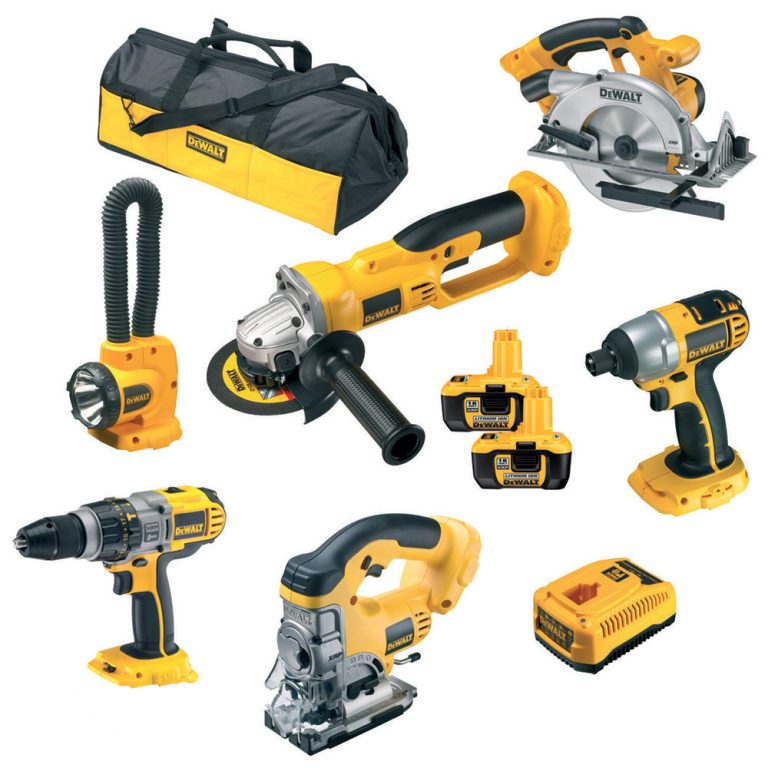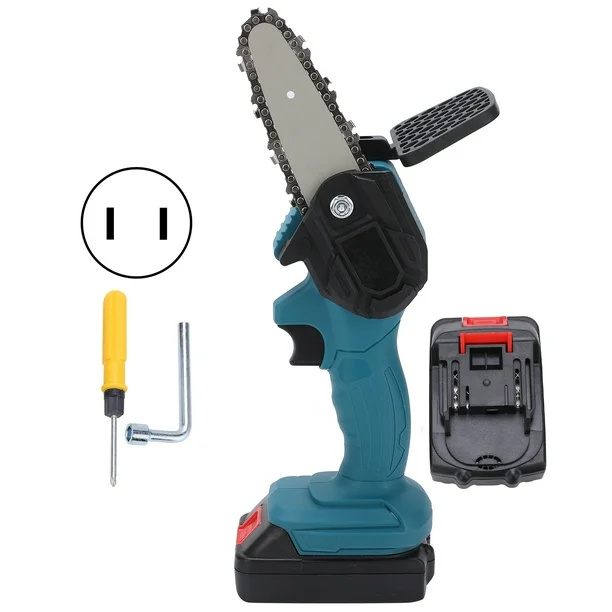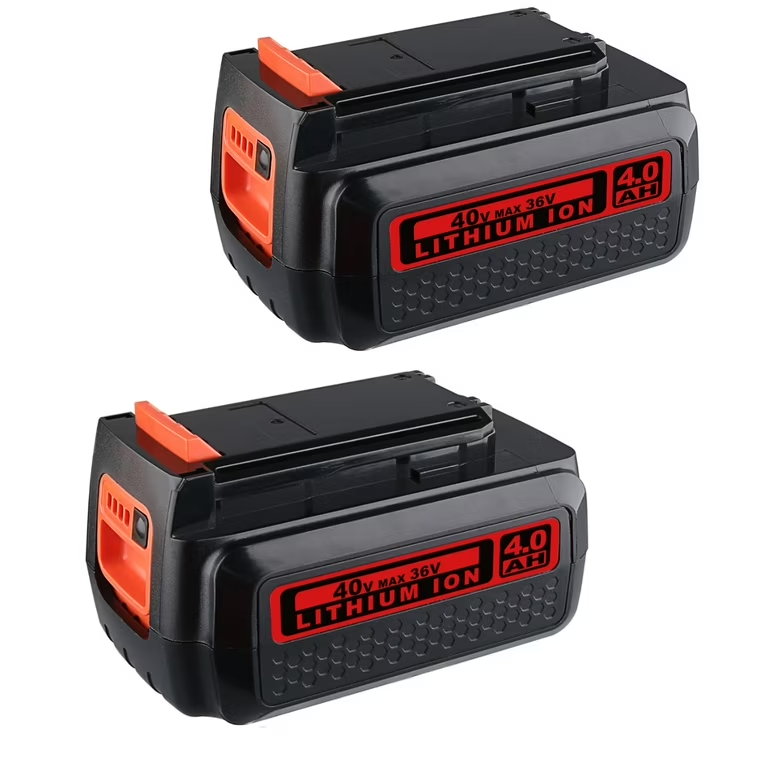
Proper Storage for Power Tool Batteries: A Guide
Introduction to Power Tool Battery Maintenance
Proper maintenance is key for power tool batteries. It extends their life and ensures safety. Knowing how to store power tool batteries is crucial. It saves you money and keeps your tools ready. How to store power tool batteries?This guide covers the essentials of battery care. Follow these tips for better performance and longevity.
First, understand your battery type. Each has unique needs. Whether Lithium-Ion or Nickel-Cadmium, storing them right matters. You’ll learn specific methods for each type.
Next, we talk about optimal conditions. Temperature and humidity can affect your batteries. We’ll explore the best environments for storage.
A good charge is important before storing. We’ll discuss how much and why. This can prevent damage when not in use.
For long-term storage, special steps are needed. We’ll provide the best tips to keep your batteries in top shape.
Finally, we’ll share best practices. These will help you maximize battery life. We’ll also highlight common mistakes to avoid. Let’s keep your power tool batteries running longer!
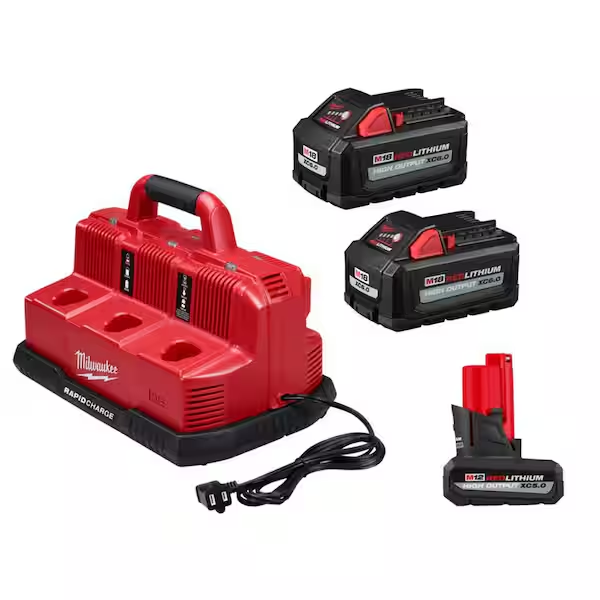
Types of Power Tool Batteries
How to store power tool batteries?Understanding the various types of power tool batteries will aid in their appropriate storage and care.
Lithium-Ion Batteries
Lithium-Ion batteries are common in modern power tools. They are favored for their high energy density and low self-discharge rates. When storing these batteries, ensure they’re at a 30% to 50% charge. This level is ideal for preventing capacity loss over time. Avoid extreme temperatures, which can degrade Lithium-Ion cells. A cool, dry place is best to prolong their lifespan.
Nickel-Cadmium Batteries
Nickel-Cadmium batteries stand out for their durability and tolerance to extreme temperatures. However, they are prone to memory effect. This means they may lose the ability to achieve full charge if repeatedly charged after being only partially discharged. To store Nickel-Cadmium batteries, fully charge them to help prevent this issue. Keep them in a ventilated space to prevent moisture buildup which can lead to corrosion. It’s essential to take these steps for each battery type to maintain performance and extend their usage life.
Optimal Storage Conditions for Power Tool Batteries
Creating the right environment for storing your power tool batteries is essential. Batteries are sensitive to temperature and humidity. Both can affect their efficiency and life span. How to store power tool batteries?Here’s how to optimize these conditions for the best results.
Temperature Considerations
Extreme temperatures are harmful to power tool batteries. High heat can cause them to degrade faster. It can also pose safety risks. Cold temperatures may reduce their ability to hold a charge. The ideal temperature range for battery storage is between 50°F and 68°F (10°C to 20°C). This range helps maintain battery health. Store your batteries in an insulated toolbox or a climate-controlled space to achieve this.
Humidity Levels
Humidity can be detrimental to power tool batteries as well. Excess moisture leads to corrosion, which harms battery cells. Aim to maintain a relative humidity level around 50%. Use silica gel packs or a dehumidifier to control moisture in the air. Keep your batteries in a dry, cool place away from direct sunlight. This protects them from moisture induced decay. Remember to check on the storage area periodically. It helps prevent any environmental changes from affecting your batteries.

Charging Practices Before Storage
Maintaining the right charge level is crucial for power tool batteries before storage. Both overcharging and undercharging can harm them. Each battery type has its best charge level for storage.
Lithium-Ion Batteries
Lithium-Ion batteries should be at a 30% to 50% charge before storage. This balance helps prevent loss of capacity when not in use. Do not fully charge them. This avoids stress on the battery cells.
Nickel-Cadmium Batteries
Fully charge Nickel-Cadmium batteries before storing. This approach minimizes the memory effect. It ensures they can hold a full charge in the future. Avoid storing these batteries with a low charge.
Charge your batteries to the correct level before storing. It helps maintain their health and readiness for use. Check the charge periodically, especially for long-term storage. Use a quality charger for this. Do not leave batteries on a charger once they reach the ideal charge.
Long-Term Storage Tips
For those times when you won’t use your power tool batteries for extended periods, it’s vital to store them correctly. Here are some key tips to keep in mind for long-term storage:
- Charge to the Optimal Level: Before putting your batteries away for a long time, ensure they are charged to their ideal storage level. Lithium-Ion batteries should be at 30% to 50%, while Nickel-Cadmium should be fully charged.
- Keep in a Cool, Dry Place: Temperature and humidity can greatly impact battery health. Store your batteries in a cool, dry place, ideally within the temperature range of 50°F to 68°F (10°C to 20°C). Avoid any areas that suffer from extreme temperature variations.
- Use Proper Containers: Store your batteries in a non-conductive storage container to avoid any chance of short-circuiting. This container should be clean, dry, and ideally made of plastic.
- Check Periodically: Even in storage, batteries can degrade. Check the charge levels and overall condition of the batteries every four to six months. Recharge if necessary to maintain the optimal charge level.
- Avoid Metal Contact: Ensure that your batteries are not stored in a way that the terminals can come into contact with metal objects. This can cause short-circuits and potentially start a fire.
- Separate Old and New Batteries: When storing multiple batteries, segregate older batteries from newer ones. Mixing them can lead to charge imbalances when they are eventually used.
By following these guidelines, you can help ensure that your power tool batteries remain functional and ready for use, even after months of storage.
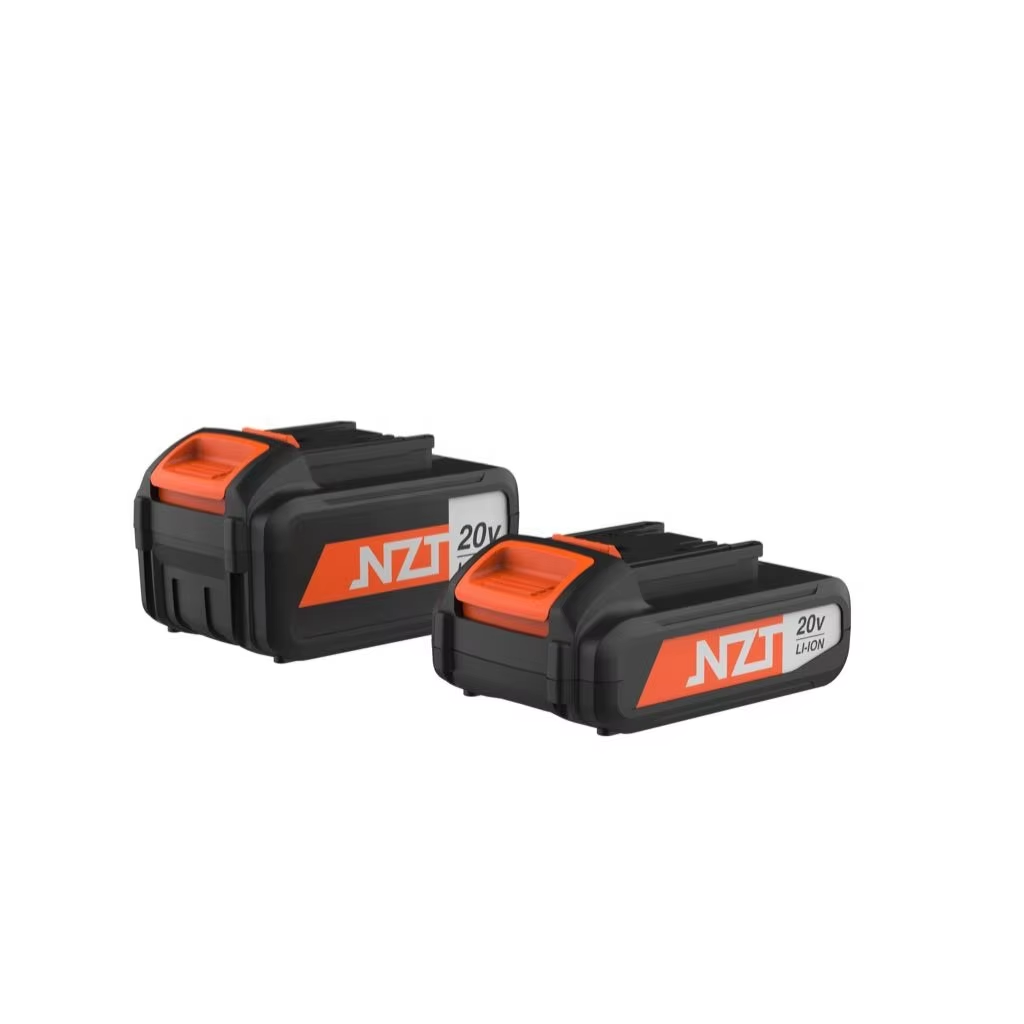
Best Practices to Maximize Battery Life
To ensure your power tool batteries last long, follow these best practices.
- Regular Checks: Inspect your batteries regularly. Look for any signs of damage or wear. Replace if necessary.
- Proper Charging: Use only the recommended charger for your battery type. Overcharging can reduce battery life. Charge as needed, and not excessively.
- Avoid Extreme Conditions: Never leave batteries in extremely hot or cold places. Extreme conditions can harm battery performance and lifespan.
- Store According to Type: Remember different batteries need different storage care. Follow specific guidelines for each battery type.
- Keep Dry: Always keep your batteries in a dry environment. Moisture can severely affect their operation and safety.
By applying these practices, you’ll enhance the longevity and performance of your power tool batteries.
Common Mistakes in Storing Power Tool Batteries
To preserve the health and efficiency of your power tool batteries, it’s crucial to steer clear of common storage mistakes. Here are some key errors to avoid:
- Storing at Full Charge: Many people think storing batteries at a full charge keeps them ready to go. Yet, for Lithium-Ion batteries, this can stress cells, shortening their lifespan. Aim for a 30% to 50% charge instead.
- Ignoring Charge Levels: Don’t store batteries without checking their charge. Nickel-Cadmium batteries should be fully charged to avoid memory effect. For Lithium-Ion, ensure they’re not too full or too empty.
- Extreme Temperatures Exposure: Leaving batteries in hot cars or cold garages can damage them. Always store batteries within the safe zone of 50°F and 68°F (10°C to 20°C).
- Neglecting Humidity Control: Storing batteries in damp places leads to corrosion. Use silica gel packs and keep the storage area dry.
- Lacking Regular Checks: Batteries lose charge over time, even when not in use. Check them every few months and recharge as needed to maintain their optimal charge level.
- Leaving Batteries on Chargers: Once batteries reach their ideal charge, remove them from the charger. Extended time on a charger can harm battery health.
- Improper Storage Materials: Avoid storing batteries in containers that can conduct electricity, like metal. Plastic containers are safer.
By knowing what not to do when storing your power tool batteries, you’ll contribute to their longevity and reliability. Remember to review these points regularly and adjust your storage habits accordingly for best results.

Recycling and Disposal Options
Eventually, all batteries reach the end of their lifespan. Knowing how to dispose of or recycle batteries properly is essential. Improper disposal can harm the environment and pose safety risks. Therefore, become familiar with local regulations concerning battery disposal. Many areas offer special collection days or drop-off locations for hazardous waste.
Some retailers also provide recycling programs for batteries. These programs ensure safe disposal while promoting environmental responsibility. Research nearby retailers with battery recycling initiatives. Take advantage of these programs for hassle-free disposal options.
Additionally, certain organizations and charities accept old batteries for refurbishment or recycling. Donating batteries can help extend their usefulness while reducing waste. Stay informed about the latest disposal regulations to remain compliant. The environment will benefit from responsible battery management practices.
Conclusion: Best Practices for Battery Storage
Following best practices for power tool battery storage ensures longevity and optimal performance. Implement temperature control, proper charging before storage, and regular maintenance checks. Additionally, organizing battery storage efficiently contributes to safety and ease of use.
Always prioritize safety in battery handling and storage. Developing a disposal and recycling plan ensures compliance with environmental regulations. By adhering to these guidelines, power tool users can maximize the lifespan and performance of their batteries. Properly stored batteries contribute to efficient, safe, and reliable power tool use.
In summary, effective battery storage is vital for maintaining performance and ensuring safety. Knowledge is power, so understanding battery types and storage methodologies can make all the difference.
